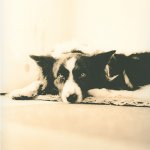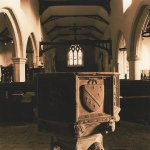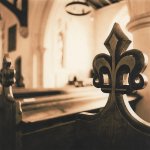T
Todd.Hanz
Guest
Anyone ever do any lith printing? Simon Larbalestier (sp) who used to post a bit here, was someone I admired for his skills in Lith printing, some of his work is here: http://www.photoshelter.com/gallery-show/G0000kCzcf_9Rcbw.
I've heard it's a difficult process if you want to reproduce multiple images but it is something I would like to try. I ordered Tim Rudmans book on the subject (waiting for it to arrive)...any thoughts, images, etc. that yall could contribute would be great.
I know there are different effects based on paper type, amount of time in the developer, brand of developer, on and on.
I am thinking about ordering the LD20 developer from Freestyle, and I have some Ilford FB Warmtone paper available, so I'm hoping for some good results. Any help or ideas are appreciated.
thanks,
Todd
I've heard it's a difficult process if you want to reproduce multiple images but it is something I would like to try. I ordered Tim Rudmans book on the subject (waiting for it to arrive)...any thoughts, images, etc. that yall could contribute would be great.
I know there are different effects based on paper type, amount of time in the developer, brand of developer, on and on.
I am thinking about ordering the LD20 developer from Freestyle, and I have some Ilford FB Warmtone paper available, so I'm hoping for some good results. Any help or ideas are appreciated.
thanks,
Todd
Last edited by a moderator:











